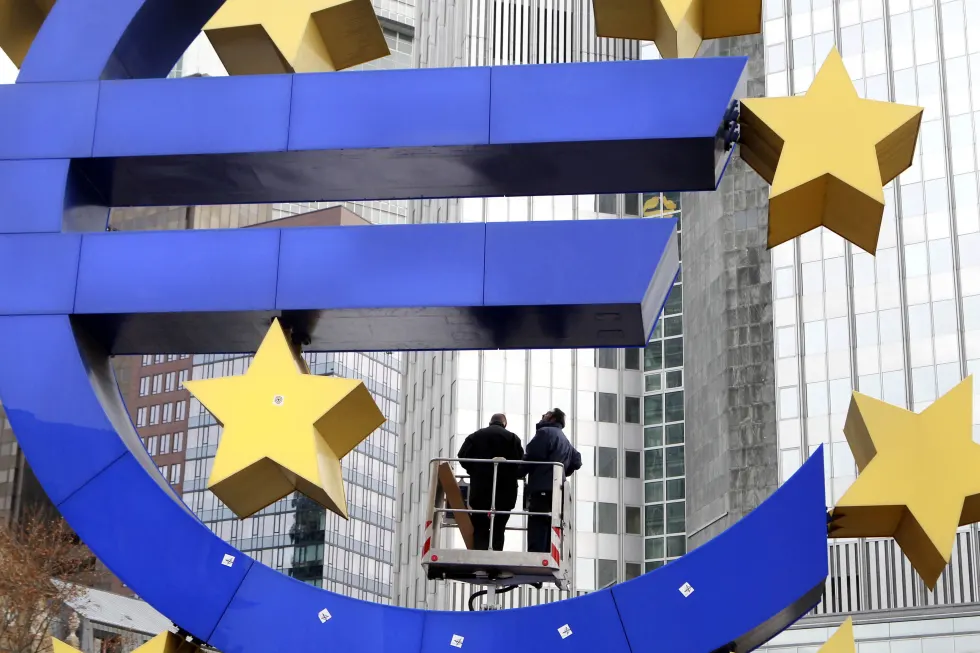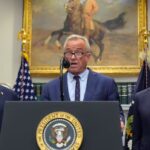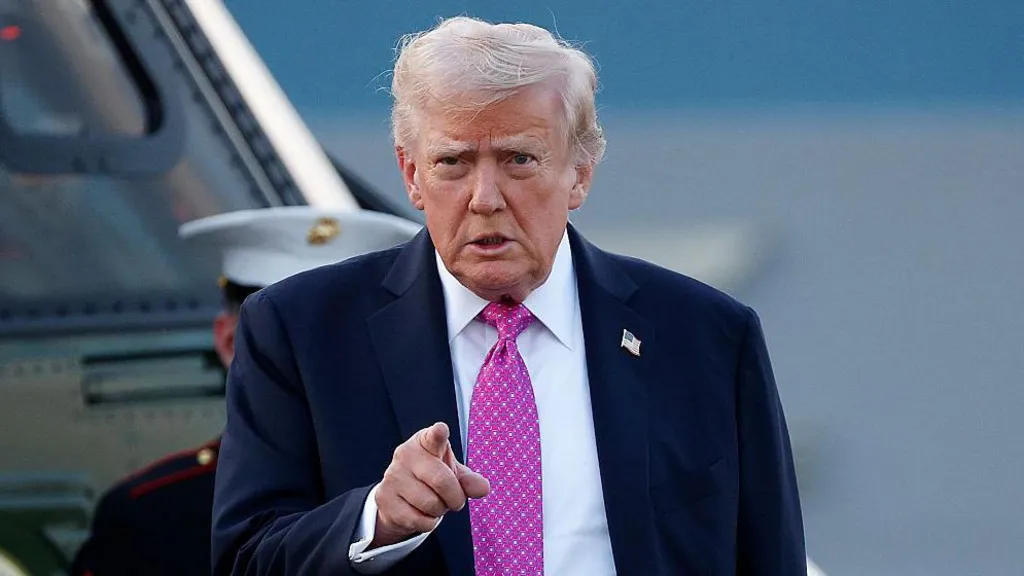Eurozone Growth Q2 2025 Slows to 0.1% Amid US Tariffs

Eurozone Growth Q2 2025 Slows as US Tariffs Bite
The Eurozone growth Q2 2025 came in at just 0.1%, a sharp slowdown from the previous quarter. The decline was driven by a post-tariff slump in exports and contractions in Germany and Italy, according to Eurostat data released Wednesday.
The slowdown follows an artificial boost in Q1, when companies rushed shipments ahead of U.S. President Donald Trump’s 15% import tax, which officially kicked in July 28. As the trade scramble cooled, Europe’s largest economies began to feel the weight of added costs and trade uncertainty.
Germany and Italy Contract, Spain Pulls Ahead
Germany and Italy saw output fall by 0.1%, while France grew modestly at 0.3%, helped mainly by inventory buildups in auto and aircraft sectors. Spain stood out with 0.7% growth — the strongest among the top four eurozone economies.
“With the 15% U.S. universal tariff likely to subtract around 0.2% from the region’s GDP, growth is likely to remain weak in the rest of this year,” said Franziska Palmas, senior Europe economist at Capital Economics.
Structural Weaknesses in Germany Persist
Germany’s economy remains flat compared to pre-pandemic levels, with lingering challenges: increasing competition from China, rising energy costs, talent shortages, and outdated infrastructure.
Palmas noted that Eurozone growth Q2 2025 numbers are just the beginning of prolonged headwinds, particularly for Germany. Relief may come only in 2026, when new public investments under Chancellor Friedrich Merz aim to modernize infrastructure.
New Budget Targets Economic Revival
Germany’s 2026 draft budget, approved Wednesday, allocates €126.7 billion ($146.2 billion) for investment—up from €115.7 billion in 2025. The funds will target transport, housing, digital infrastructure, and national security.
“Our top priority is to secure jobs and ensure new economic strength,” said Finance Minister Lars Klingbeil.
Looking Ahead
With Eurozone growth Q2 2025 impacted by U.S. trade policies and global uncertainty, economists warn that the region’s performance may stay muted through the year. Businesses and policymakers alike are watching closely to see how ongoing tariff negotiations shape the economic landscape.
Source: AP News
: 105







